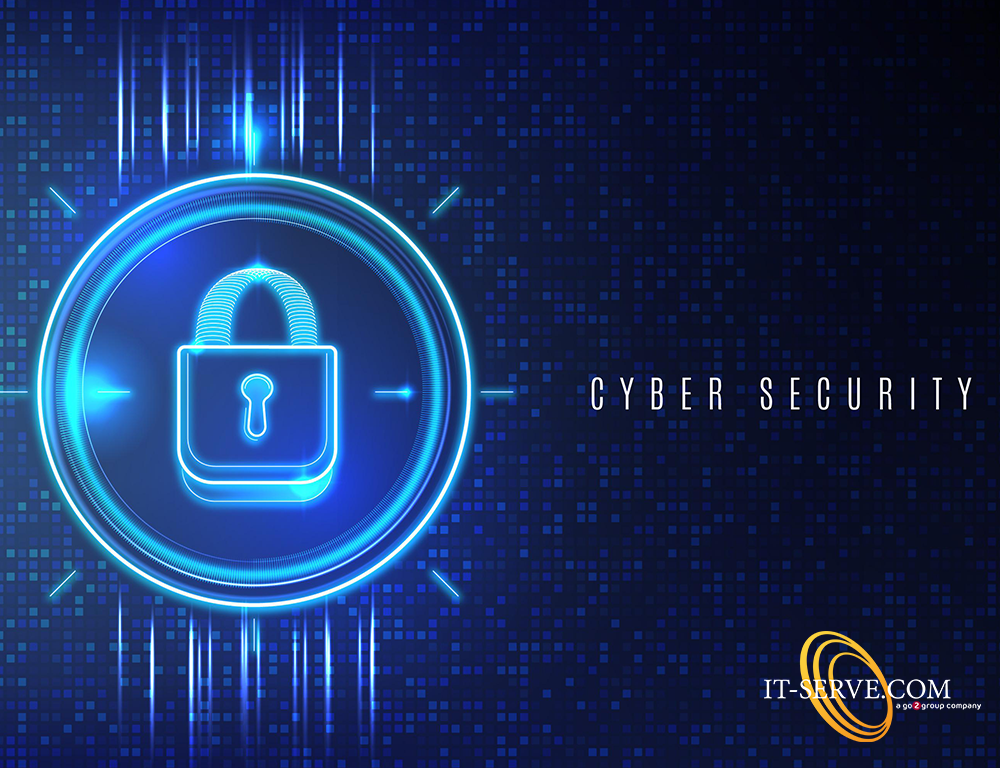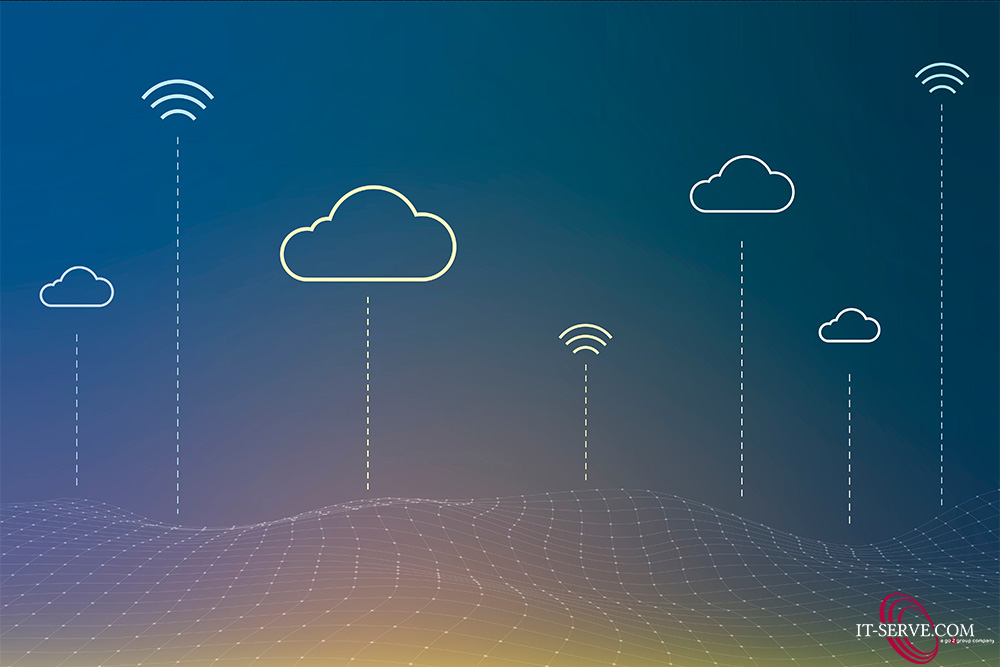
As cyber security threats continue to increase both in numbers and severity, it would be advisable for businesses to adopt and conform to a solid cyber security framework. Cyber security frameworks are guides consisting of best practices, standards and regulations for businesses to follow in order to lessen the chance of getting hit by a cyber security threat. Below we list 5 of the key components that will lay down the foundation of good cyber security protection for your business.
Solid Protection
Cyber security protection refers to ensuring the business IT team has all the standard antivirus software, firewalls and endpoint protection protocols. However, it doesn’t stop there. Protecting IT infrastructure is not the sole job of pre-installed programs and the IT team, it’s also imperative for the other employees to also play an active role in cyber security protection. Firstly, the IT team should educate employees on basic safe cyber security practices. This is especially important if anyone is working from home, as unsuspecting employees can mistakenly get their office laptop infected when they’re not using the highly secure office Wi-Fi. When they finally bring the laptop back to work, the cyber threat can now spread to all the interconnected devices in the business. Furthermore, allow only select personnel to access sensitive data and files. Make sure that those who have access can only do so through a 2 step identity verification process and educate them on the dangers of sharing their credentials and the possible ramifications that may occur if they’re not careful.
Identification
Another key element of good cyber security is to identify exactly what hackers can target in your business. This step is different from business to business, depending on what industry you’re in. However, it all boils down to counting assets, whether software or physical ones, all forms of internal and external data stored in the business, and lastly, the IT infrastructure itself. Once this list is finalized, it’ll become easier to keep tabs of all these targetable assets/devices and then implement appropriate protection measures for them. After this identification process, IT professionals can go one step further with the help of existing cyber security policies available on the market, and then educate themselves on possible weaknesses and loopholes that hackers can potentially exploit.
Detecting Threats
Constant assessments and monitoring of identified assets is the key to staying one step ahead of hackers. In the unfortunate situation where a cyber threat slips through the business protection plans, a vigilant IT watch can prevent the security breach from evolving into a major and extremely damaging one. Early detection is one the key ways to maximize threat damage mitigation before it slowly infects other devices connected to the same network. Without constant surveillance, threats can go undetected in businesses for years! They only get noticed when tell tale signs of a cyber threat begin to show prominently, and in many cases, it’s already too late by then. It’s also worth mentioning that a diligent detection plan will also periodically update the protection and identification protocols as new threats emerge and make themselves more known in the market.
A Response Plan
When a breach is detected, it’s important for software and IT personnel to react immediately. As we mentioned before, the faster a breach is dealt with, the less time it has to deal some serious damage to the business. A comprehensive protection and identification plan will in turn lead to a more in depth response plan with varied reactions based on the situation of the breach. One of the most common response plan actions include informing clients, stake holders and even the appropriate authorities of the breach as soon as it’s identified as a threat. Then, the response plan studies and learns how the security threat managed to bypass the already implemented safeguards, and brings attention to these previously hidden loopholes. Lastly, the response plan makes sure to add its newly retained data to an updated detection and protection plan.
The Recovery Phase
Last but not the least, comes the recovery phase. The recovery function is the failsafe that stores all integral data for safekeeping. If any data is stolen, the IT team can turn to the recovery function and initiate the recovery phase where they begin restoring everything that was compromised. It’s important for this failsafe to be backed up regularly as the hacker will have way more leverage over the company if they realize the data they stole is the only copy in existence.
To summarise, building a truly effective cyber security plan for a business takes a lot of extensive and assiduous research and consideration. Every business will have a different set of elements that will ultimately culminate to having good cyber security. The main thing that sets a good cyber security plan from a sub optimal one, is how personalized it is to your business, infrastructure, industry and even the clients you deal with.
IT-Serve.com has developed its own Security Framework as majority of standards and Frameworks are made for Europe and the US, not the Middle East. The Framework we use is called “IT-Serve Cyber Security Framework”



















